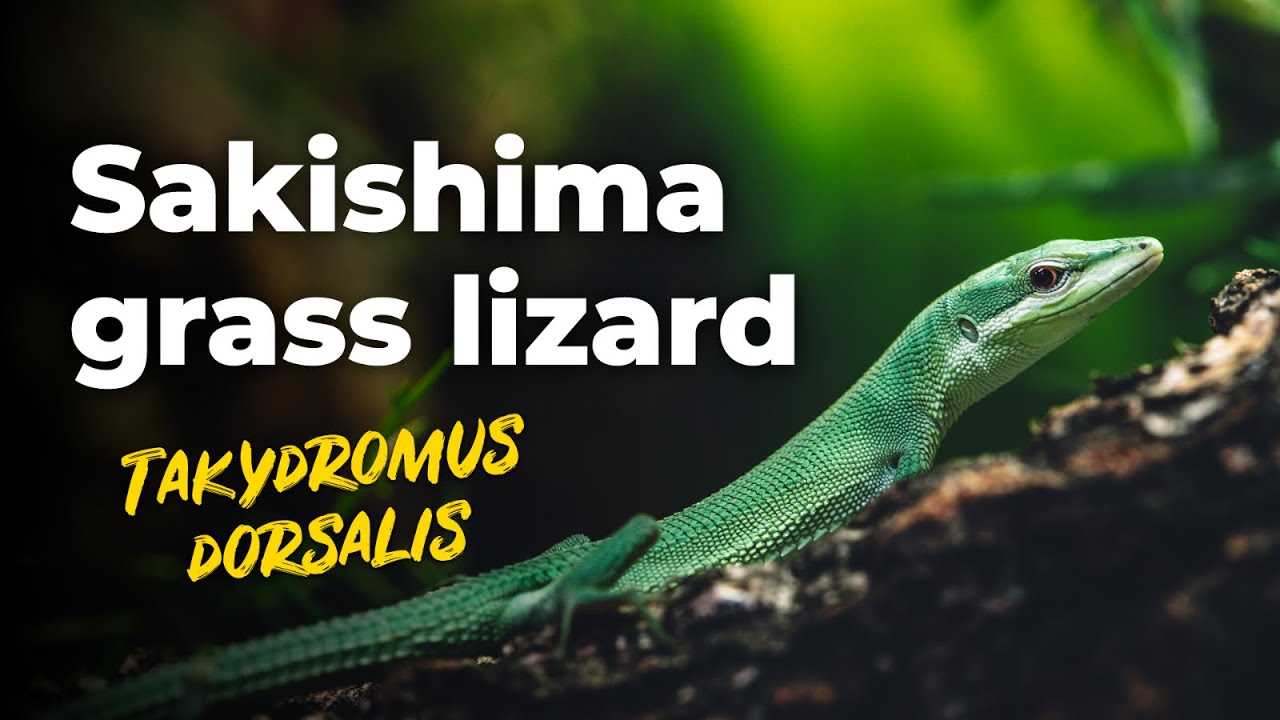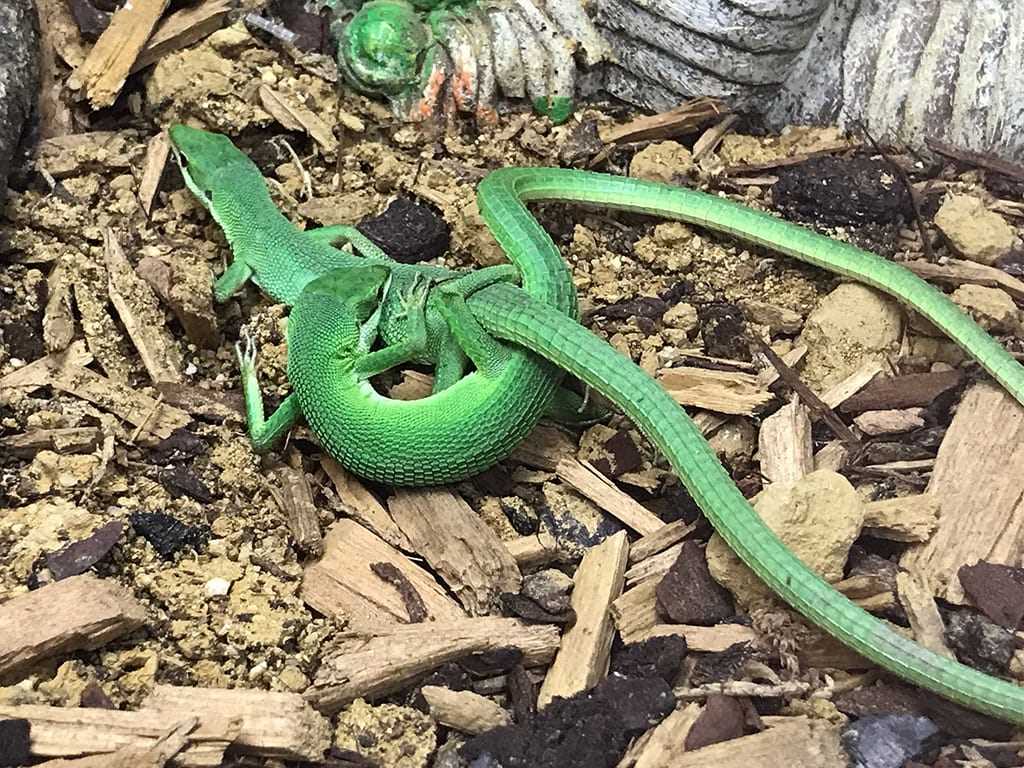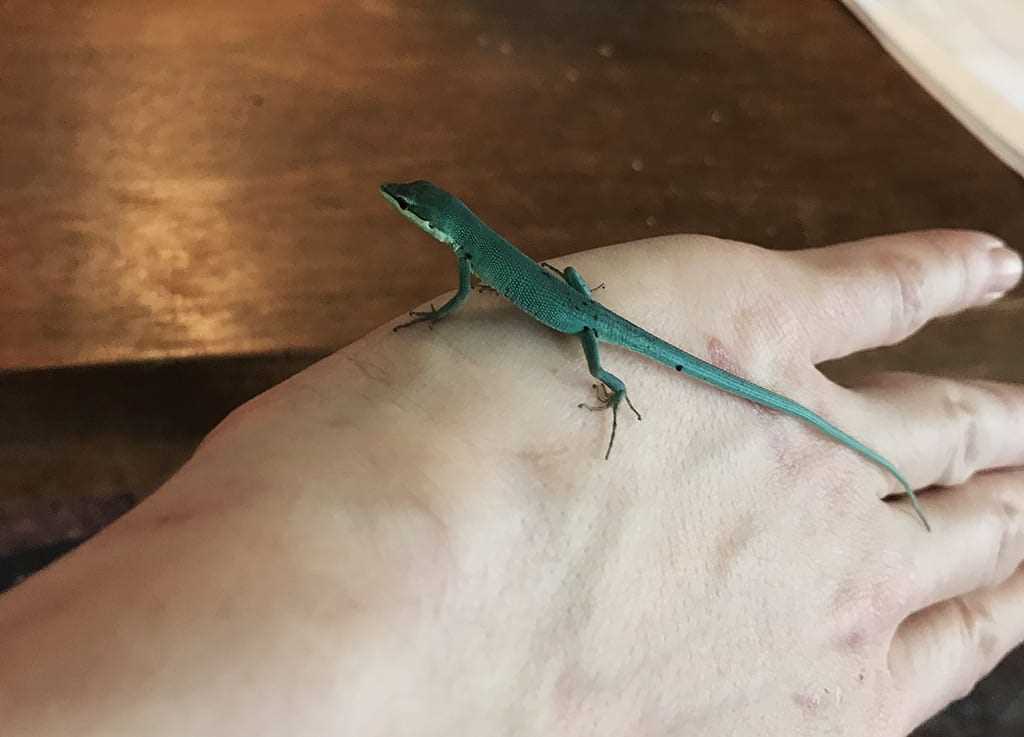The Sakishima Grass Lizard is a fascinating and unique species that can be found in the Southern Ryukyu Islands. As its name suggests, this lizard is known for its preference for grassy habitats. With its vibrant green color and slender body, the Sakishima Grass Lizard is truly a sight to behold.
What sets the Sakishima Grass Lizard apart from other lizards is its ability to blend seamlessly into its surroundings. This remarkable adaptation allows the lizard to remain camouflaged and hidden from predators. The Sakishima Grass Lizard is a master of disguise, making it a challenge to spot in the wild.
Another interesting characteristic of this species is its territorial behavior. The Sakishima Grass Lizard fiercely defends its territory from intruders, using displays of aggression and dominance. Males often engage in territorial battles, showcasing their strength and determination to protect their turf.
The Sakishima Grass Lizard is not only visually stunning, but it also plays an important role in its ecosystem. As an insectivore, it helps control the population of insects in its habitat, contributing to the overall balance of the ecosystem. This makes the lizard a valuable asset in maintaining the health of the Southern Ryukyu Islands.
If you ever have the chance to visit the Southern Ryukyu Islands, keep an eye out for the Sakishima Grass Lizard. Its unique characteristics and striking appearance are sure to leave a lasting impression. Witnessing this remarkable creature in its natural habitat is an experience you won’t soon forget.
Description and Habitat
Appearance

The Sakishima Grass Lizard is a small-sized reptile, measuring about 12 to 18 centimeters in length. It has a slender body and a long tail, which it uses for balance and agility. This lizard species is known for its vibrant coloration, with males usually displaying a bright green or blue-green hue, while females tend to have more subdued colors. Both males and females have distinct dark markings on their bodies, which help them blend into their natural surroundings.
Habitat
The Sakishima Grass Lizard is a highly adaptable species that can be found in a variety of habitats. It is commonly seen in grassy areas and open fields where it can bask in the sun and hunt for small insects and invertebrates. This lizard is also known to inhabit forested areas, where it can find shelter and protection among the vegetation. Additionally, it can be found on rocky slopes and cliffs, where it can climb and navigate with ease.
Overall, the Sakishima Grass Lizard is a fascinating species that exhibits unique adaptations and can be found in a range of habitats in the Southern Ryukyu Islands. Its ability to thrive in diverse environments makes it an important and interesting part of the region’s biodiversity.
The Unique Physical Characteristics of the Sakishima Grass Lizard

One of the most remarkable physical characteristics of the Sakishima Grass Lizard is its slender body, which allows it to move swiftly through the thick grass and vegetation of its habitat. Its average length is around 9-12 centimeters, with males being slightly larger than females.
The lizard has a long tail that makes up about two-thirds of its total body length. This tail is not only used for balance but also serves as a defense mechanism against predators. When threatened, the Sakishima Grass Lizard can shed its tail, which continues to wiggle and distract the predator, giving the lizard a chance to escape.
The coloration of the Sakishima Grass Lizard is another fascinating feature. Its slender body is typically brown or olive-green, allowing it to blend in perfectly with its surroundings. This natural camouflage provides protection from predators and makes it difficult for prey to detect the lizard’s presence.
One of the distinctive physical features of this lizard is its large, round eyes. These eyes have excellent vision, allowing the Sakishima Grass Lizard to detect movement and spot potential threats or prey even in low light conditions. Its eyes are constantly moving, providing a wide field of view and enhancing its ability to survive in its grassy habitat.
Overall, the physical characteristics of the Sakishima Grass Lizard are specifically adapted to its grassy habitat. Its slender body, long tail, camouflaged coloration, and keen eyesight make it a successful predator and a challenging prey. This unique lizard is a fascinating creature of nature that continues to inspire awe and curiosity among researchers and wildlife enthusiasts alike.
Conservation Status and Threats
The Sakishima grass lizard is currently listed as an endangered species by the International Union for Conservation of Nature (IUCN).
The main threats to the survival of the Sakishima grass lizard are habitat loss and fragmentation due to human activities. The development of infrastructure, agriculture, and tourism on the islands has resulted in the destruction and degradation of the lizard’s natural habitat.
In addition to habitat loss, the Sakishima grass lizard faces other challenges such as predation by invasive species. The introduction of predatory mammals, such as cats and mongoose, has had a significant negative impact on the lizard population.
Furthermore, the lizard’s small population size and limited distribution make it vulnerable to stochastic events, such as natural disasters and disease outbreaks.
Conservation Efforts

Efforts are being made to protect the Sakishima grass lizard and its habitat. Conservation organizations and local governments are implementing measures to reduce habitat destruction and promote habitat restoration. This includes the establishment of protected areas and the implementation of strict regulations on land use and development.
Additionally, initiatives are underway to control and eradicate invasive species that prey on the Sakishima grass lizard. This involves the removal of predators and the implementation of monitoring programs to assess the effectiveness of these actions.
Research and monitoring efforts are also being conducted to better understand the ecology and population dynamics of the Sakishima grass lizard. This information is crucial for developing effective conservation strategies and assessing the success of conservation efforts.
Public awareness and education programs are also being implemented to promote the conservation of the Sakishima grass lizard. This includes raising awareness among local communities and visitors about the importance of protecting the lizard and its habitat.
Overall, the conservation of the Sakishima grass lizard requires a multi-faceted approach that involves collaboration among stakeholders, including researchers, conservation organizations, local communities, and policymakers. With concerted efforts, it is possible to mitigate the threats facing this unique lizard species and ensure its long-term survival.

I’m Lena Adams—a product of an unconventional upbringing in the African wilderness. My father, a daring explorer of African wildlife, sparked my fascination with reptiles, a passion that intertwined with the tragic loss of my mother during an expedition, leaving an indelible mark on my life. Driven to understand the creatures that captivated my parents, I embarked on my journey, sharing insights about reptiles, frogs, and lizards on my website. Through my explorations and conservation efforts, I honour my family’s legacy while seeking connections—to the creatures, nature, and the mother whose presence I yearn to understand.
